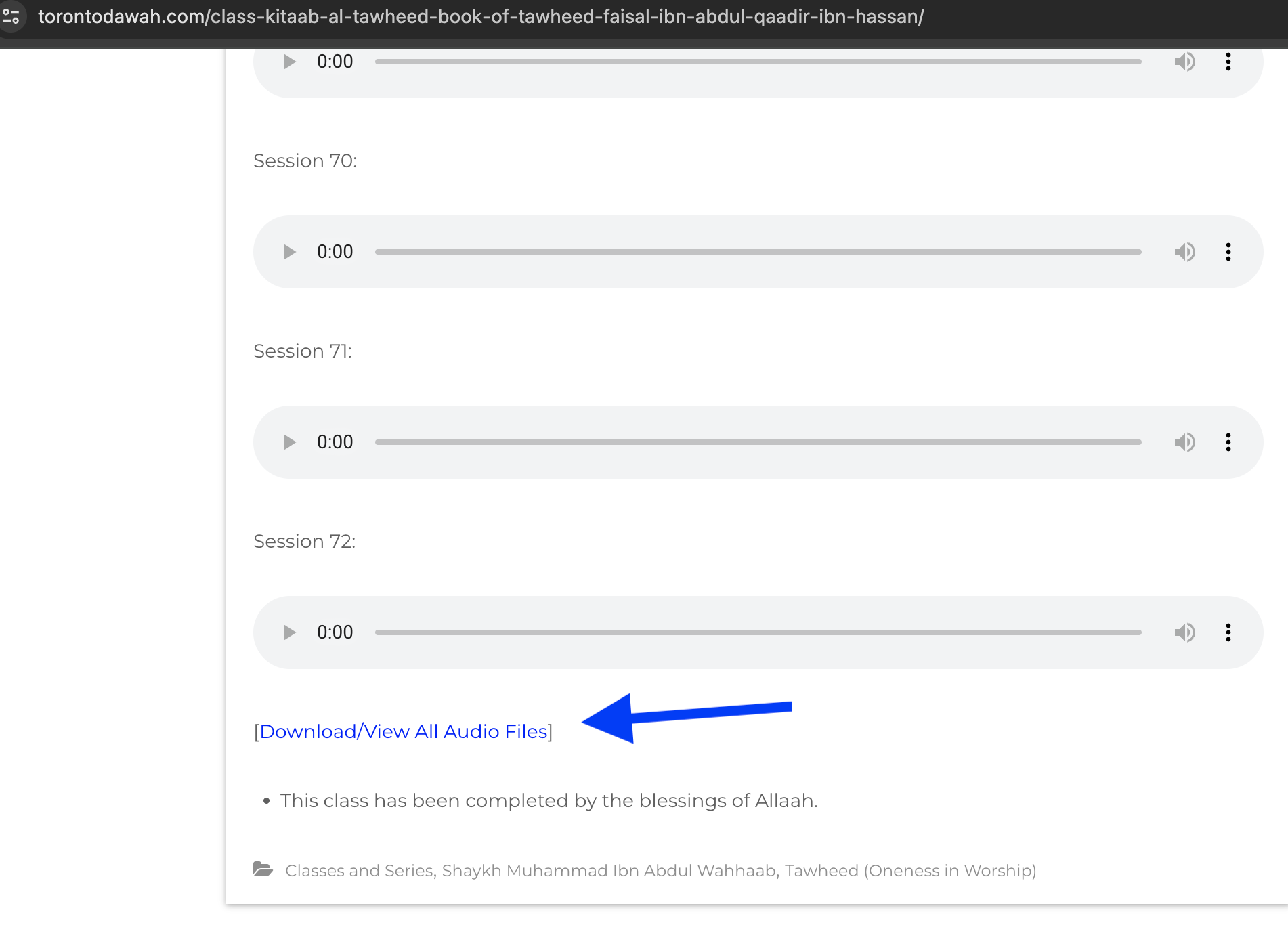This is often a discussion brothers have due to the following Hadith:
عَنِ ابْنِ عَبَّاسٍ ـ رضى الله عنهما ـ عَنِ النَّبِيِّ صلى الله عليه وسلم قَالَ “ أُمِرْنَا أَنْ نَسْجُدَ عَلَى سَبْعَةِ أَعْظُمٍ وَلاَ نَكُفَّ ثَوْبًا وَلاَ شَعَرًا
Narrated Ibn `Abbas:
The Prophet (ﷺ) said, “We have been ordered to prostrate on seven bones and not to tuck up the clothes or hair.”
[Saheeh Bukhari no. 810]
The Scholars who say that folding the pants and the sleeves during the prayer is prohibited rely upon the above Hadith and the statement of Imam an-Nawawi rahimahullah who said:
تفق العلماء على النهي عن الصلاة ، وثوبه مشمر أو كمه أو نحوه
“The Scholars agreed on the prohibition of prayer while a person’s clothing is rolled up/tucked up or his sleeves or the likes…’
[Sharh Saheeh Muslim]
However, many of the Scholars of Ahlul-Hadith did not see the Hadith to mean to rolling up the clothing before prayer or while praying, but rather tucking up the clothing only when going into Ruku’ and Sujud.
Hafidh al-Iraaqi rahimahullah said:
ولا يكف أي ولا يضم ولا يجمع شعراً لرأسه ولا ثوباً بيديه عند الركوع والسجود في الصلاة وهذا ظاهر الحديث وإليه مال الداودي
“And not to tuck up: that is: not to gather and join the hair of the head and not the clothing with the hands during bowing and prostration in the prayer. This is the apparent [meaning] of the Hadith and ad-Daawoodi inclined to it…”
[Takhreej Ahaadith fi Ihyaa uloom ud-Deen]
Likewise, Imam al-Munaawi rahimahullah said:
(الثياب) عند الركوع والسجود في الصلاة
“The clothing: in bowing and prostration in prayer….”
[Fayd ul-Qaadir]
Ibn ul-Athir rahimahullah said:
نَضُمّها ونَجْمَعها، من الانْتِشار، يُريد جَمْع الثَّوب باليَدَين عند الرُّكوع والسُّجود
“That we join them and gather them from spreading. He intends gathering the clothing with both hands in ruku and sujud”
[Nihayah Fi Ghareeb al-Hadith]
Imam ash-Shawkaani rahimahullah said:
وأما كفت الثوب فكمن يأخذ طرف ثوبه فيغزر في حجزته أو نحو ذلك
“As for tucking up the clothing, then it is like a person taking the ends of his clothing and places them in his lap or like that”
[ad-Daraari ul-Mudiyyah]
So it becomes clear that it is not a consensus as Imam Nawawi rahimahullah mentioned.
Even the Prophet sallahu alayhi wa salam prayed once with his lower garment rolled up/tucked up.
أَبِي جُحَيْفَةَ، قَالَ فَرَأَيْتُ بِلاَلاً جَاءَ بِعَنَزَةٍ فَرَكَزَهَا، ثُمَّ أَقَامَ الصَّلاَةَ، فَرَأَيْتُ رَسُولَ اللَّهِ صلى الله عليه وسلم خَرَجَ فِي حُلَّةٍ مُشَمِّرًا، فَصَلَّى رَكْعَتَيْنِ إِلَى الْعَنَزَةِ، وَرَأَيْتُ النَّاسَ وَالدَّوَابَّ يَمُرُّونَ بَيْنَ يَدَيْهِ مِنْ وَرَاءِ الْعَنَزَةِ
Narrated Abu Juhaifa:
I saw Bilal bringing a short spear (or stick) and fixing it in the ground, and then he proclaimed the Iqama of the prayer, and I saw Allah’s Messenger (ﷺ) coming out, wearing a cloak that was rolled up. He then offered a two-rak`at prayer while facing the stick, and I saw the people and animals passing in front of him beyond the stick.
[Bukhari no. 5786]
Hafidh Ibn Hajr rahimahullah said:
قال الإسماعيلي : وهذا هو التشمير ويؤخذ منه أن النهي عن كف الثياب في الصلاة محله في غير ذيل الإزار
“Ismaai’li said: This is rolling up and it is taken from this Hadith that the prohibition about tucking up the clothing in prayer is in other than the end of the izar”
[Fath ul-Baari]
Shaikh Abdul-Aziz ar-Raajhi hafidhuhallah said:
“(مُشَمِّرًا) He raised his clothing so it became close to half of the shins. In this Hadith is [the proof] that the Sunnah for the Muslim is to roll up/lift his garment such that his ankles are apparent and it is not allowed to leave the izar to descend below the ankles. The best is for it to be at half of the shins. There is no blame if it is between the shins and the ankle”
[Mihna al-Malik al-Jalil Sharh Saheeh Muhammad ibn Isma’eel (10/474)]
Shaikh Ibn ul-‘Uthaymeen rahimahullah explained the above Hadith as:
الشيخ : نعم… لآنه يقول خرج في حلة مشمرا فصلى و لم يذكر أنه غير فالأصل بقاء ما كان على ما كان … هذا هو الأصل , نعم
“Yes, because he said he went out with his cloak tucked up, then prayed. He did not mention that he changed it [un-rolled his cloak] so the origin is he remained how he was. This is the origin, yes”
So the above Hadith is proof that the Prophet sallahu alayhi wa salam prayed with the end of his lower garment rolled up/raised and he sallahu alayhi wa salam did not see it to be a problem. Thus, it can be seen that the prohibition of tucking up the clothing in prayer is not actually a reference to rolling up the garments, but gathering them together before going into ruku and sujud as is done by some people when they pray.
As well I want to add that those who argue that rolling up the garment is prohibited mention that it is specific for the one who does that just for the prayer.
Hafidh Ibn Rajab rahimahullah said:
ظاهر تبويب البخاري : يدل على أن النهي عنده عن كف الثياب مختص بفعل ذلك في الصلاة نفسها ، فلو كفها قبل الصلاة، ثم صلى على تلك الحال لم يكن منهياً عنه وهذا قول مالك، قال : إن كان يعمل عملاً قبل الصلاة فشّمر كمه أو ذيله ، أو جمع شعره لذلك فلا بأس أن يصلي كذلك ، كما لو كان ذلك هيئته ولباسه
“What is apparent from the chapter of al-Bukhari indicates that the prohibition according to him is (to) tuck up the garment specifically in prayer itself. So if he tucked it up before prayer, then prayed upon that condition, then there is no prohibition. This is the statement of Malik who said, ‘if he works and before the prayer, rolled up his sleeves and ends of his lower garment or gathered his hair, then there is no harm that he prays like that. Just as if that was his fashion/appearance and clothing’ ”
[Fathul-Bari Ibn Rajab]
So the manner of most of the brothers who fold or roll up their pants is before the prayer. Again, this is if we consider the opinion that tucking up includes rolling up.
No doubt the best way to avoid this is to trim the lower garments so that they are above the ankles. Shaikh Ibn ul-‘Uthaymeen rahimahullah said:
أما إذا كان كفه لأجل أنه طويل، فينبغي عليه تقصيره حتى لا يدخل في الخيلاء
“As for if he tucks it up because it is long, then no doubt it is necessary for him to trim it so that it does not enter into arrogance”
[Majmoo’ al-Fatwa wa Rasail (13/308)]
This issue is one of difference of opinion, as many of our contemporary Scholars see rolling up the sleeves or pants as following into the prohibition. However, I wanted to show that there are number of other Scholars from the Past that are of the opinion that tucking up means otherwise.
And Allah Knows Best
Faisal Ibn Abdul Qaadir Ibn Hassan
Abu Sulaymaan




